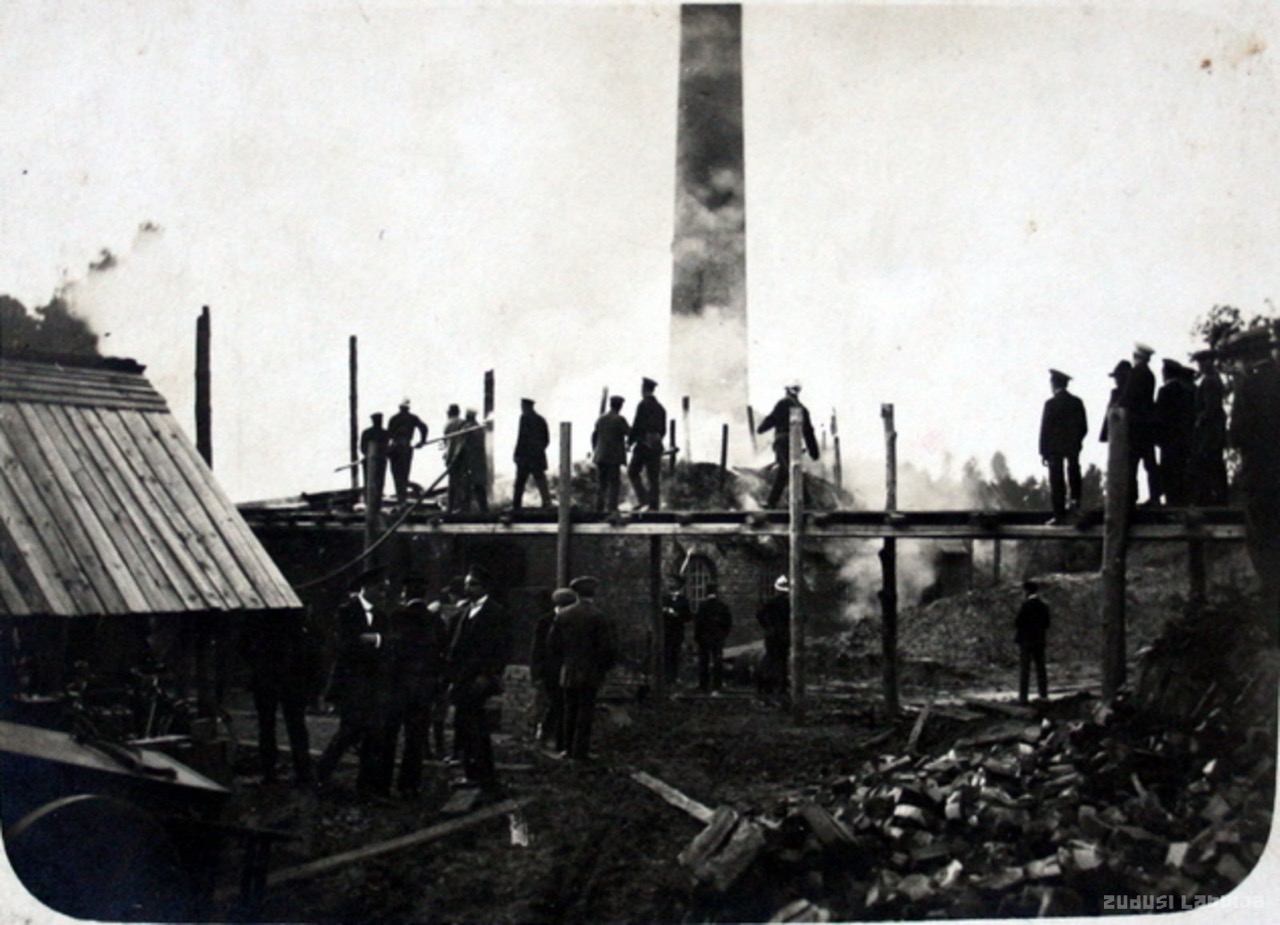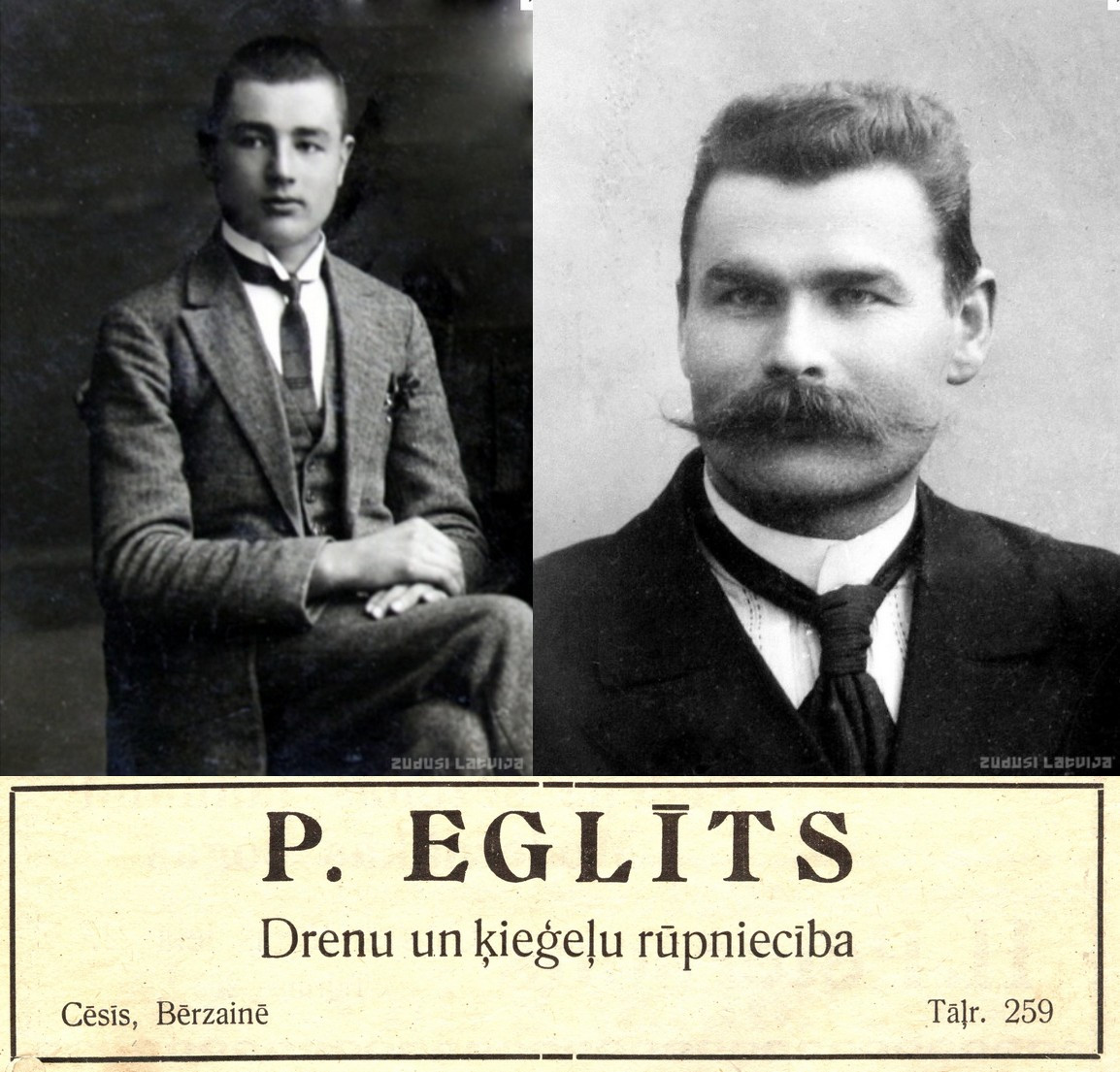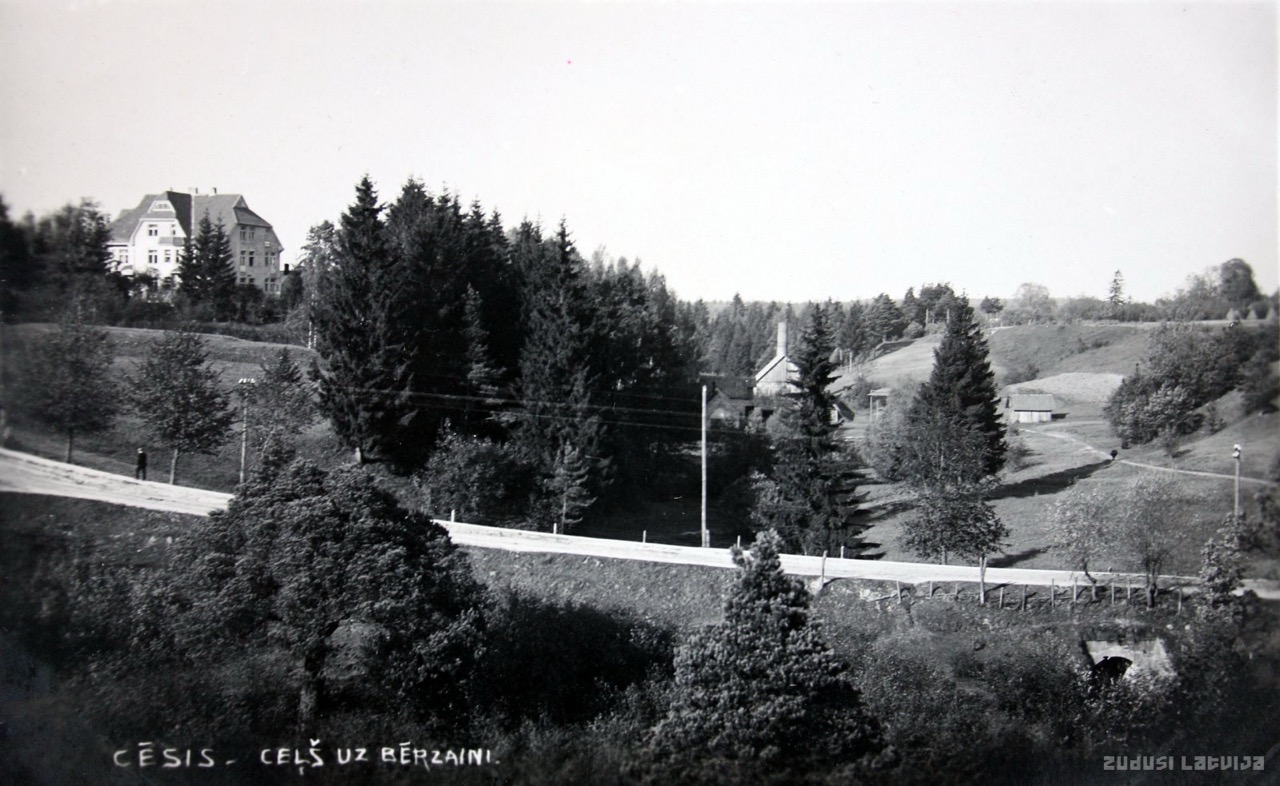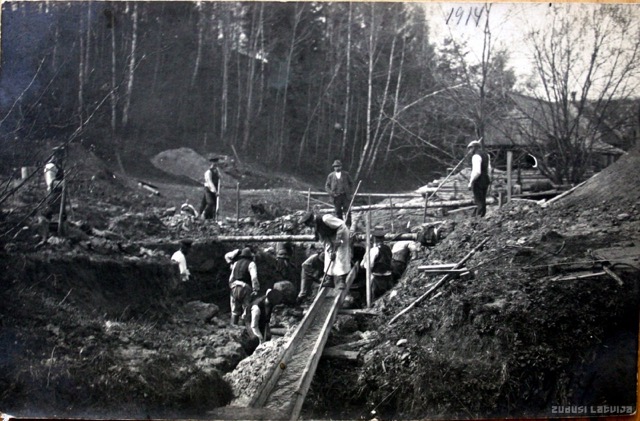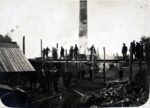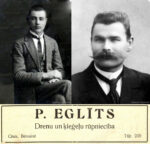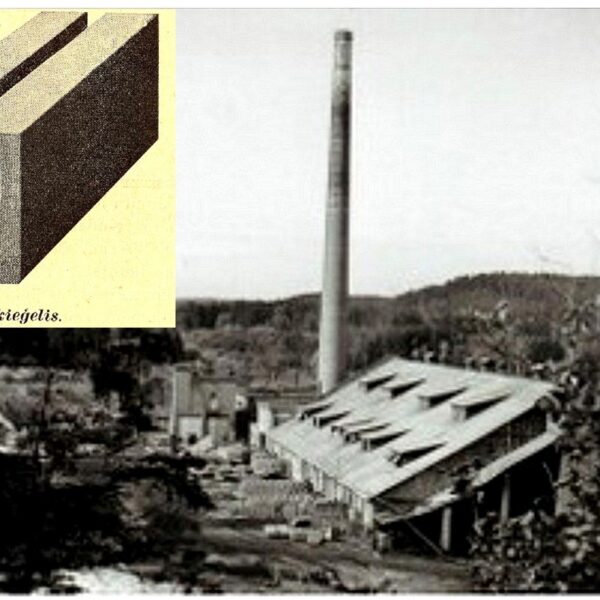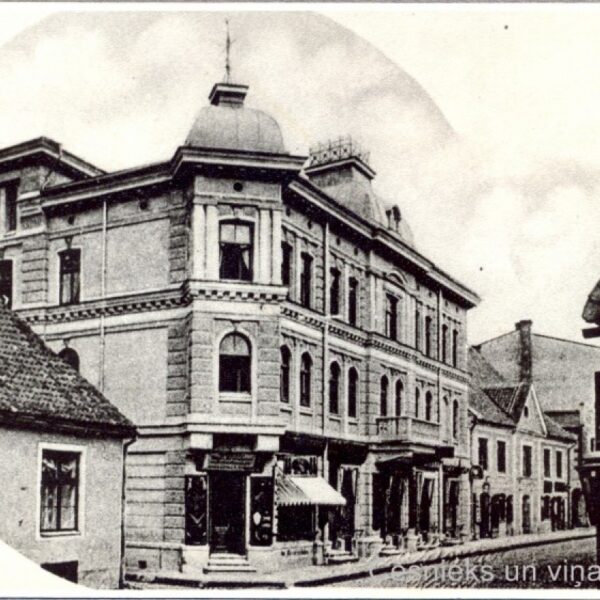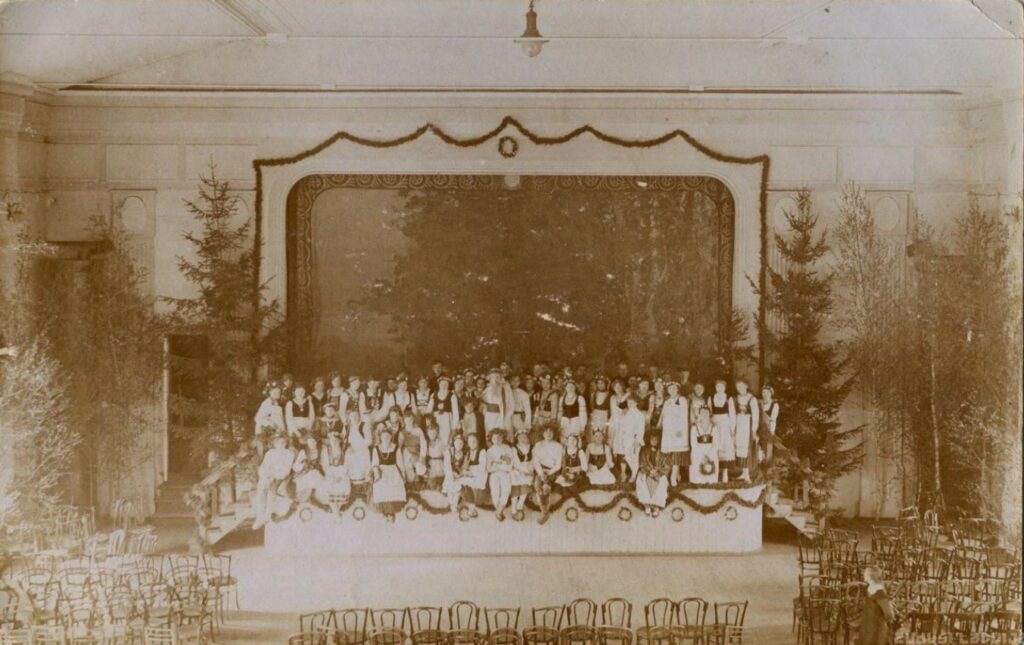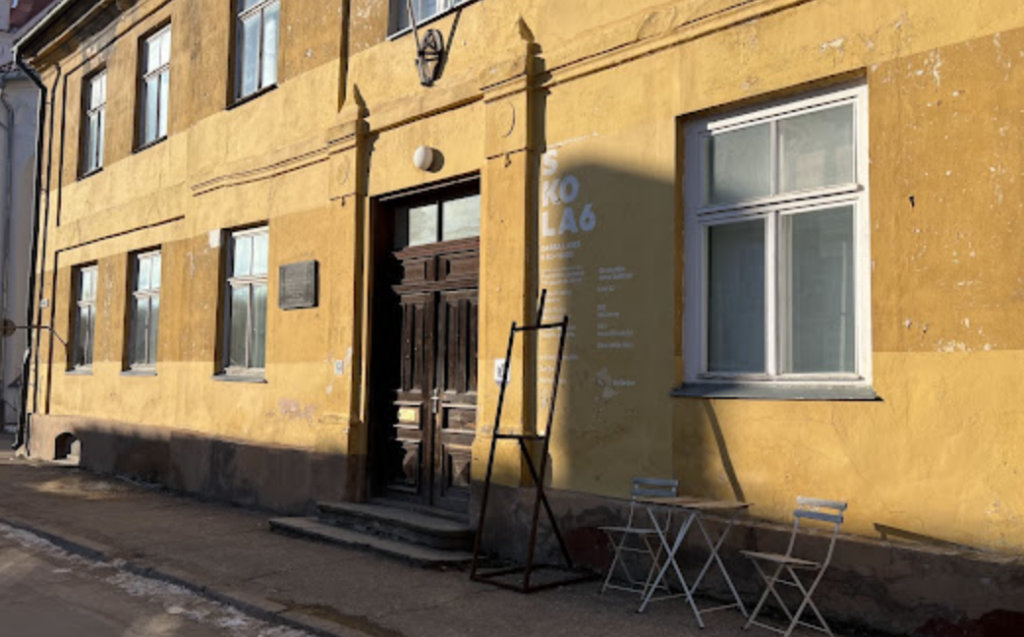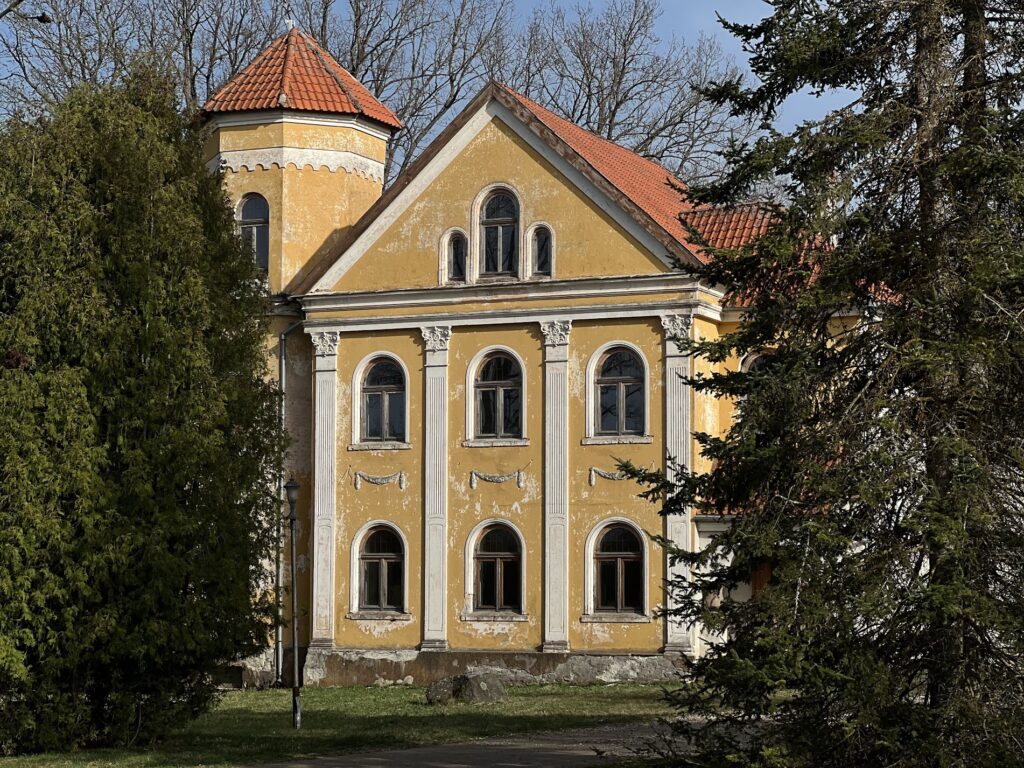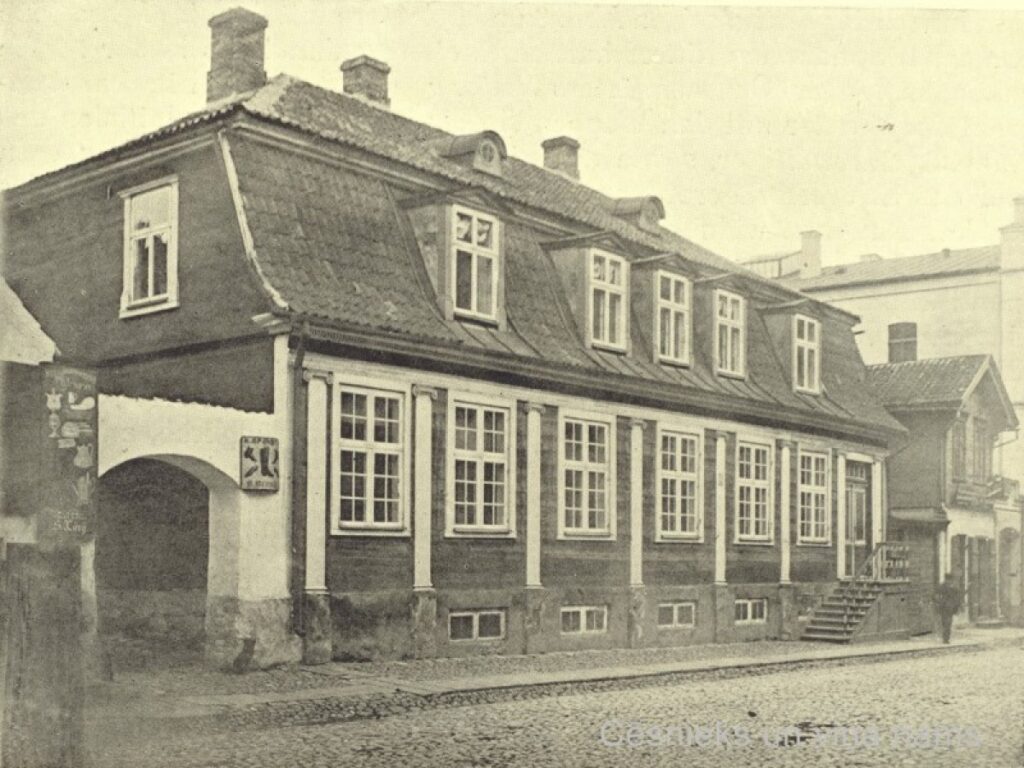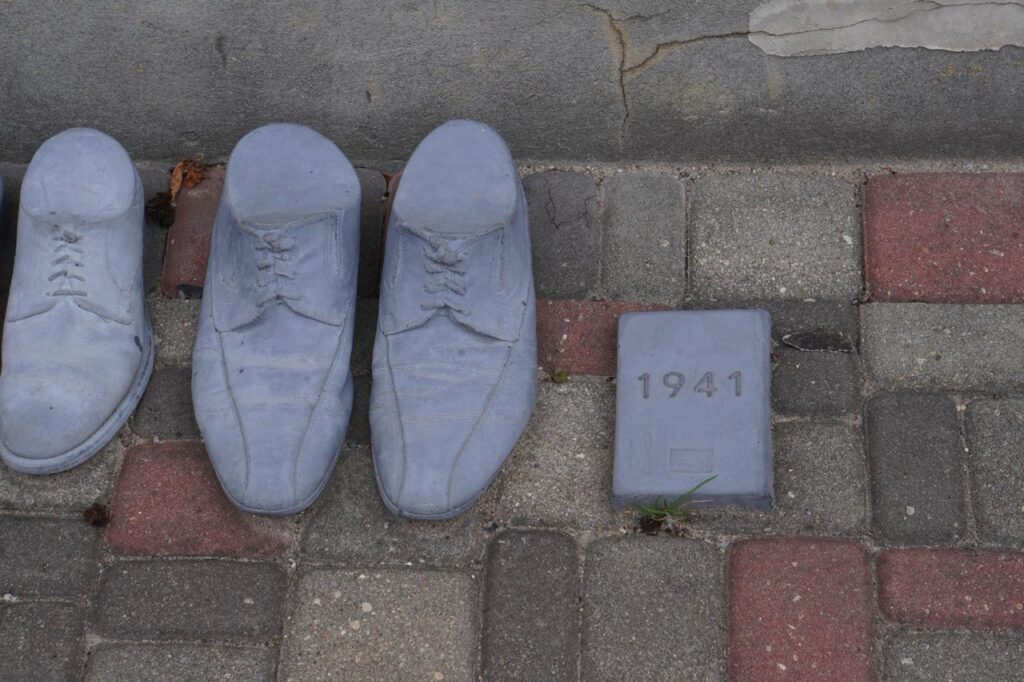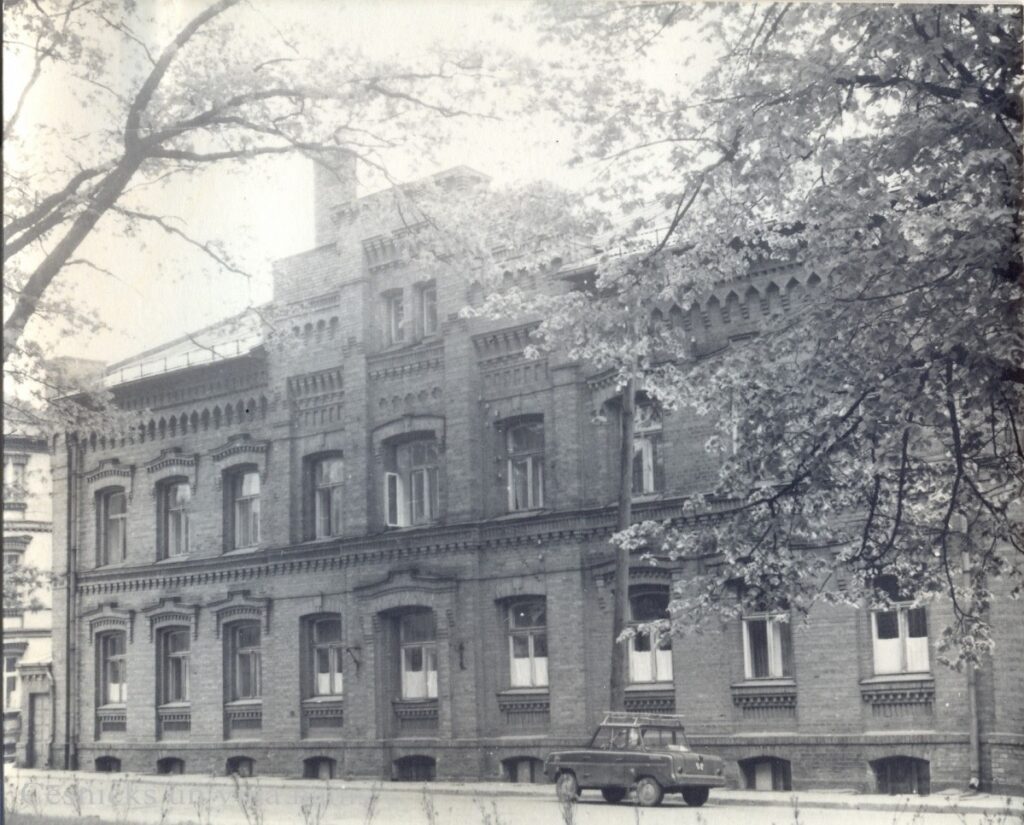An important brick factory once operated in Cēsis Bērzaine, founded in 1907 by the enterprising Janis, son of Peter, Eglītis (1874-1922), who probably became the founder of the clay industry and trade in the Cēsis area. The company, which later became known as “Paula Eglītis Brick Industry”, became one of the most important building materials production facilities in the whole territory of Latvia and the only technically modernised brick factory in the Cesis region.
Although the 1936 edition of Illustrated Techniques states that the company was founded in 1907, its activities were interrupted during the First World War. However, as early as 1915 it is recorded that the kiln was active, as evidenced by a picture taken by a photographer at the headquarters of the Russian XII Army, showing both the kiln itself and the owners’ house, Birztalas. This photo was taken at the time when the 12th Army was taking positions to defend Riga and Daugavpils during the German Courland Offensive in August 1915, and the army headquarters was located in the former Birzaine Gymnasium building near Cēsis.
After the death of the founder Jānis Eglītis in 1922, his son Pauls Eglītis (1907-1944) took over the management of the company, who not only continued his father’s work, but also became the owner of the Lejassili mill in Lenči parish and a trustee of the Cēsis Crafts Society in Lenči parish. In the 1930s, the company flourished and was considerably expanded and modernised, producing not only bricks but also drainage pipes.
The Eglitis family business has been widely recognised for the quality of its products. 1935. In the year 2005, the Latvian Farmer’s Calendar mentions that Pauls Eglītis is one of the manufacturers who produce clay pipes for the Ministry of Agriculture. In 1936, bricks produced by Pauls Eglītis were used in the restoration of St Peter’s Church in Riga and the renovation of the Riga Stock Exchange Committee Commercial School (today’s Academy of Arts), which testifies to the high quality and national importance of the company’s products.
The newspaper Cēsu Vēstis in 1938 reports that prisoners from Cēsis Prison also worked in the kiln. In addition, along with the development of production, the factory grounds were also landscaped – a beautiful flower garden was created, tended by Paula Eglitis’ spouse, as well as a large fish pond, where the waters of the Gluda River were collected by means of a specially built dam and sluice. It was a successful example of combining industry with aesthetics.
During the Second World War, the fate of the brick kiln changed with the political changes. 1941. After nationalisation by the Soviets in 1929 and later during the German occupation, the company was incorporated into various administrative bodies, losing its independence. The Brick Industry Trust was incorporated into the Department of Industry of the Latvian self-government, but in 1942 the brickworks came under direct German administration. During the war, on 29 June 1941, the St Peter’s Church in Riga, which had been restored with bricks from the Eglītis kiln, was burnt down during a German attack.
After the Second World War, the Bērzaine brickworks was not reopened. Today, nothing of the once bustling enterprise remains – in 2017, the ravine where the kiln was located no longer showed any evidence of its existence. However, the legacy of the Eglitis family lives on in many historic buildings, while the industrial family itself is buried in the nearby Berzaine Cemetery.
Known buildings using bricks from the Cesis brickworks
- St. Peter’s Church in Riga (for restoration) – 1936
- Art Academy of Latvia building (for restoration) – 1936
The materials used for the description are:
Aivars Vilnis, research “Historical Building Ceramics of Latvia”
Latvian National Digital Library Letonica project“Latvia Lost”.

